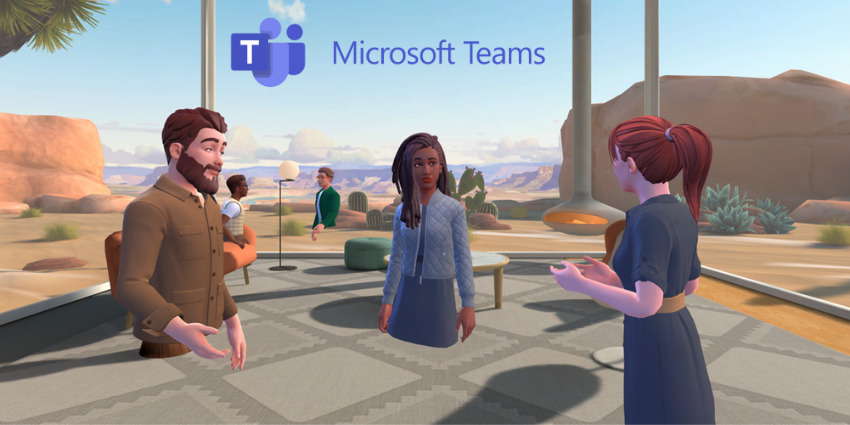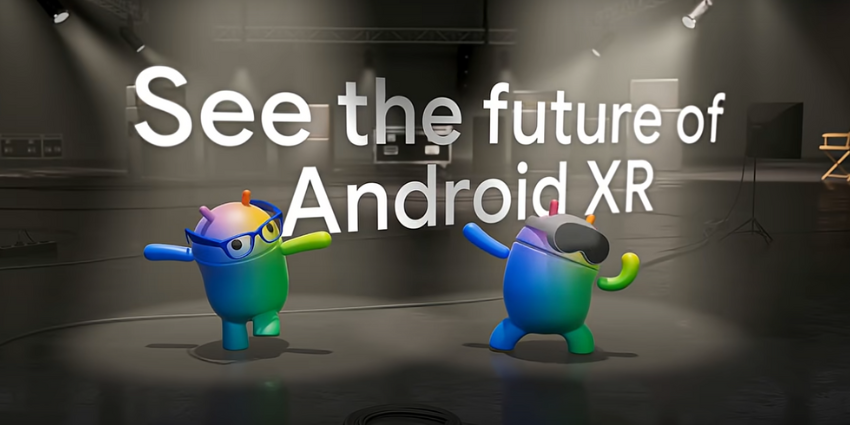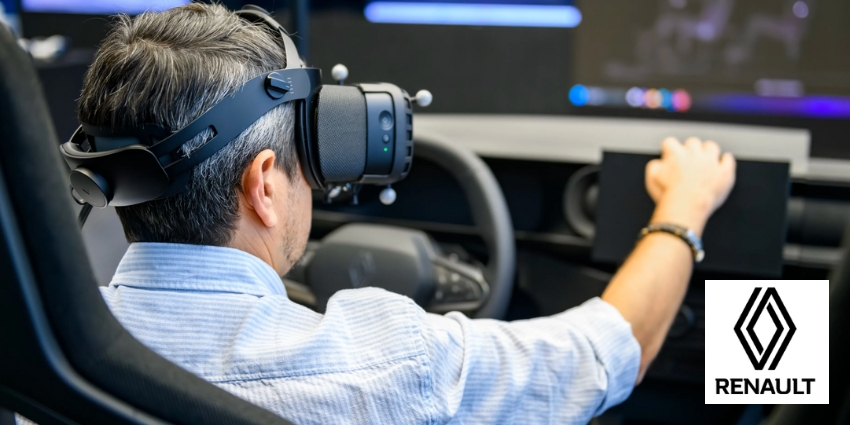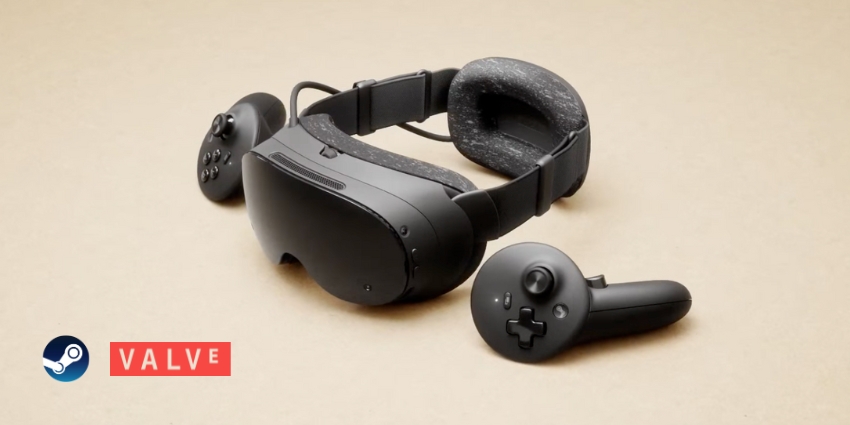The Science Behind VR’s Perfect Session Length
As someone who’s witnessed countless enterprises struggle with VR adoption rates, I’m genuinely excited about Meta’s latest developer insights that could finally unlock widespread workplace implementation. If you’re an innovation leader grappling with low engagement in your VR training programs or wondering why employees aren’t embracing immersive collaboration tools, this breakthrough research offers the answers you’ve been seeking.
Meta has identified what they call the “Goldilocks zone” for VR sessions—a 20-40 minute window that’s not too short to deliver meaningful value, not too long to cause fatigue, and just right for sustained engagement. This isn’t just theoretical speculation; it’s based on extensive user research that reveals why so many enterprise VR initiatives have failed to gain traction.
Why Traditional Approaches to VR Training Fall Short
The revelation strikes at the heart of a persistent problem in workplace technology adoption. Meta’s research shows that sessions lasting less than 15-20 minutes are viewed as significantly less enjoyable, with users reporting high friction around the physical setup and anticipation of post-session work. This explains why brief, mobile-style interactions simply don’t translate to VR environments.
“Due to this friction, sessions must be long enough to deliver on a satisfying amount of progress, engagement or entertainment to validate the decision to engage with VR. That threshold is 15-20 minutes for most users.”
Think about your current employee training programs. How many times have you invested in VR solutions only to see engagement drop off after the initial novelty wears off? The issue isn’t with the technology itself—it’s with session design that doesn’t account for the unique constraints of immersive experiences.
The Physical Reality of Extended Reality
What makes this research particularly valuable for enterprise decision-makers is its honest acknowledgment of current form factor limitations. Meta doesn’t sugarcoat the challenges: long VR sessions can be physically uncomfortable, cause eye strain and motion sickness, require social isolation, and are limited by battery life. These aren’t problems to ignore—they’re design constraints to work within.
For workplace applications, this means rethinking how we structure everything from safety training simulations to collaborative design reviews. Instead of hour-long immersive experiences that leave employees exhausted, the sweet spot lies in creating meaningful 20-40 minute sessions that chain together shorter, focused activities.
Practical Applications for Enterprise VR
Consider how this translates to real workplace scenarios. A manufacturing safety training program could break complex procedures into 10-15 minute modules that employees complete over 2-3 sessions, rather than overwhelming them with a single lengthy experience. Each module delivers immediate value while building toward comprehensive competency.
The research highlights successful examples from gaming that translate perfectly to enterprise use. Take the core loop structure Meta describes for “Population: ONE”—players complete meaningful objectives in 10-15 minutes, with clear progression and natural stopping points. This same principle applies whether you’re designing virtual sales presentations, collaborative architectural walkthroughs, or immersive customer service training.
Building Enterprise-Ready VR Experiences
Meta’s recommendations offer a blueprint for enterprise VR success. The key principles include delivering core value within the first 20 minutes, focusing on shorter loops that chain together, building in regular breaks every 10-15 minutes, and creating easy entry and exit points.
For business leaders, this means your VR investments should prioritize experiences that respect these natural usage patterns rather than fighting against them. Auto-save functionality becomes crucial when employees need to step away for meetings or calls. Progress indicators help users decide whether to continue or take a strategic break.
The Future of Workplace Immersion
This research represents more than just optimization guidelines—it’s a roadmap for making VR a practical, sustainable part of the modern workplace. As form factors continue to evolve and improve, these principles will likely expand the Goldilocks zone, but for now, they provide a scientific foundation for designing experiences that actually get used.
The implications extend beyond individual training sessions to entire organizational change management strategies. When you can consistently deliver satisfying 20-40 minute VR experiences that employees genuinely enjoy, you’re not just improving training outcomes—you’re building cultural acceptance of immersive technologies that will define the future of work.
Imagine walking into your next quarterly review knowing that your VR training programs have 90% completion rates instead of 30%, or that your remote collaboration sessions are actually preferred over traditional video calls. With spatial computing becoming increasingly sophisticated, the companies that master these engagement principles now will have a significant competitive advantage as immersive workplaces become the norm.
The line between the physical and virtual workplace continues to blur, and Meta’s research provides the scientific foundation for ensuring that transition enhances rather than hinders human productivity and satisfaction. Will your organization be ready to leverage these insights, or will you continue struggling with VR adoption challenges that have clear, data-driven solutions?
Ready to transform your approach to workplace VR? Join our vibrant community of 2000+ XR professionals on LinkedIn to dive deeper into these implementation strategies and share your own experiences with immersive workplace technologies. Don’t miss our weekly insights—subscribe to our newsletter for the most crucial XR industry developments that will shape your digital transformation journey.







